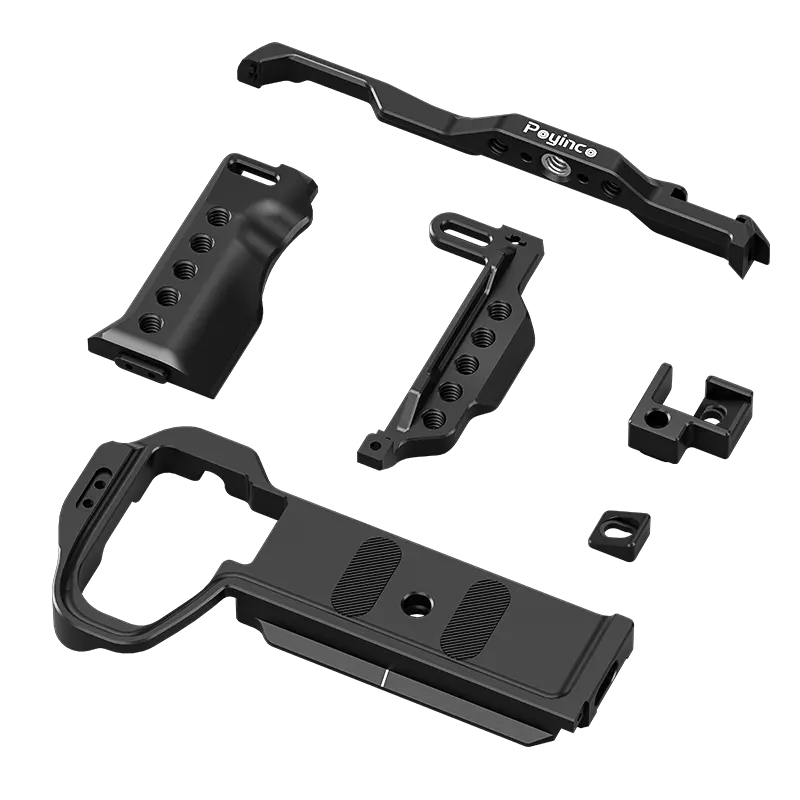

Time:2025-05-15 Views:1

CNC winding machines are specialized pieces of equipment used in the packaging industry for tasks related to winding materials, such as wires, cables, ropes, and tapes, onto spools, bobbins, or other winding forms. These machines are designed to provide precise control over the winding process, ensuring consistent and high-quality results.
The operation of CNC winding machines is based on a combination of computer control and mechanical mechanisms. The operator first sets the parameters of the winding process in the CNC control system, including the type of material, winding speed, tension, number of turns, and winding pattern. The machine then uses a motor-driven spindle to rotate the winding form, while a traverse mechanism moves the material feed point back and forth across the width of the winding form. This coordinated movement creates a uniform and evenly spaced winding pattern.
One of the main advantages of CNC winding machines is their ability to achieve high levels of precision in winding. They can maintain a consistent tension on the material being wound, which is crucial for preventing damage to the material and ensuring proper winding. The programmable nature of these machines allows for easy customization of the winding process to meet different product requirements. For example, in the production of electrical cables for packaging, the CNC winding machine can be programmed to wind the cable with a specific number of layers and a precise pitch to ensure optimal insulation and performance.
In the packaging industry, CNC winding machines are used in various applications. They are employed in the production of packaging materials like adhesive tapes, where the tape needs to be wound neatly onto rolls for easy use. They are also used for winding wires and cables that are included in packaged electronic products. Additionally, in industries such as textiles and ropes, CNC winding machines play a vital role in preparing materials for packaging and
CNC Shell Processing
CNC shell processing refers to the use of CNC machines to manufacture and shape the outer shells of various products used in the packaging industry, such as product enclosures, cases, and containers. This process involves a series of operations, including cutting, milling, drilling, and turning, to transform raw materials into precisely shaped and dimensionally accurate shells.
The CNC shell processing begins with the creation of a digital model of the shell design using CAD software. This model contains detailed information about the shell's shape, size, and features, such as holes, slots, and bosses. The CAD model is then converted into a CAM program that the CNC machine can understand. The CNC machine, equipped with a variety of cutting tools, such as end mills, drills, and lathe tools, removes material from the raw workpiece according to the instructions in the CAM program.
During the processing, the CNC machine's high-precision control system ensures that the shell is manufactured with tight tolerances, meeting the strict quality requirements of the packaging industry. Different types of materials can be used for CNC shell processing, including metals like aluminum and stainless steel, as well as plastics such as ABS and polycarbonate. For example, in the production of metal packaging cases for high-end products, CNC machining can be used to create smooth surfaces, precise edges, and complex geometries, enhancing the product's aesthetic appeal and protective capabilities. For plastic shells, CNC processing can achieve fine details and accurate dimensions, making them suitable for housing delicate electronic components in packaged products.
CNC shell processing offers several benefits in the packaging industry. It allows for the production of custom-designed shells that can be tailored to the specific needs of different products. The automation and repeatability of the CNC process ensure consistent quality across multiple production runs. Moreover, it enables the integration of various features directly into the shell during the manufacturing process, reducing the need for additional assembly steps. With the continuous development of CNC technology, shell processing is becoming more efficient, capable of handling complex geometries, and producing high-quality shells that contribute significantly to the overall value and functionality of packaged products in the market.
shipping. Their efficiency, precision, and flexibility make them an essential part of the modern packaging production line, enabling manufacturers to produce high-quality wound products in a timely and cost-effective manner.
Read recommendations:
Aluminum Alloy Camera Cage Video Camera Rig For Sony A7R V/A7 IV Full Frame Mirrorless Camera